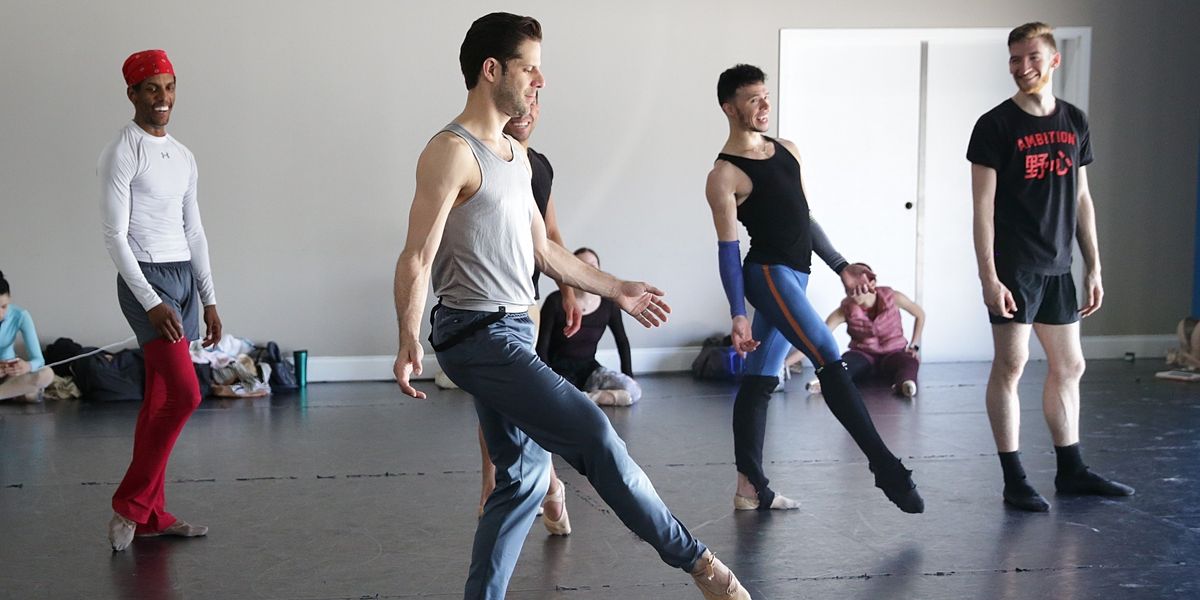Joseph Gatti Has a Utopian Vision for His Ballet Company. But Will It Work?
Without reference to a place or founder, the name United Ballet Theatre evokes a utopian vision for a ballet troupe. In his new Orlando-based company—which has a light launch and a debut performance this month—artistic director Joseph Gatti hopes to create a healthy work environment and offer prestigious programming. But can a brand-new company predicated on its “preserving the artist” tagline grow and thrive past a single summer?
Gatti, a former principal at Cincinnati Ballet and Corella Ballet in Spain, currently freelances around the world. Three years ago, he suffered a fifth metatarsal fracture that eventually became the impetus for UBT: “The injury really opened my eyes to the organization of a company and the care and treatment that needs to be addressed constantly,” he says. “I wanted to create a company that’s treating the dancers not just as artists but as athletes.”
His answer to the overworked dancer? He plans to build strength training, conditioning, recovery time and physical therapy into UBT’s daily schedule. In his so-called “Gatti Method,” class and rehearsal days will alternate between low- and high-intensity schedules. Dancing will conclude at 3 pm, and the remainder of the day will be devoted to either therapy or strength-based conditioning. A dedicated team of health professionals will be on hand to provide dancers with individualized care tailored to their bodies and current repertoire.
The company will emphasize innovative programming, as well. “We want to be continually doing world premiere works,” Gatti says. At the August 26 debut at the Dr. Phillips Center for the Performing Arts, the headliner is the premiere of Those Who Guide Us, by Marcelo Gomes. The program will also include Ashley Bouder guesting in George Balanchine’s Stars and Stripes and a Latin-themed ballet, choreographed by Jorge Garcia (restaged by Magaly Suarez), called Majisimo.
Despite a flood of dancer emails expressing interest in joining the company, UBT is starting off small, with a handful of dancers officially on the roster and 15 contracted for the first performance. Wisely, the budget-conscious light launch was limited to a month’s worth of classes and rehearsals throughout the summer to support the debut performance. Gatti hopes to grow in stages, first with a three- to four-month contract during the traditional summer layoff season and, eventually, a 40- to 50-dancer troupe that can put on full-length classics in an 8- to 10-month season.
This is an incredibly optimistic vision, one that few new companies have been able to actualize. American Contemporary Ballet has expanded its previously summer-heavy programming into a 38-week dancer contract—not to be confused with American National Ballet, which fired almost half of its 50 dancers just weeks into its first season last year before shuttering. Thus far, UBT is relying heavily on individual donations and funds raised during a benefit event in May. Gatti and executive director James Boyd will have to be exceptional, persistent fundraisers to expand beyond this summer’s debut.
But if UBT does manage to keep its dancers injury-free and paid, the Gatti Method may be one for its contemporaries to emulate.




